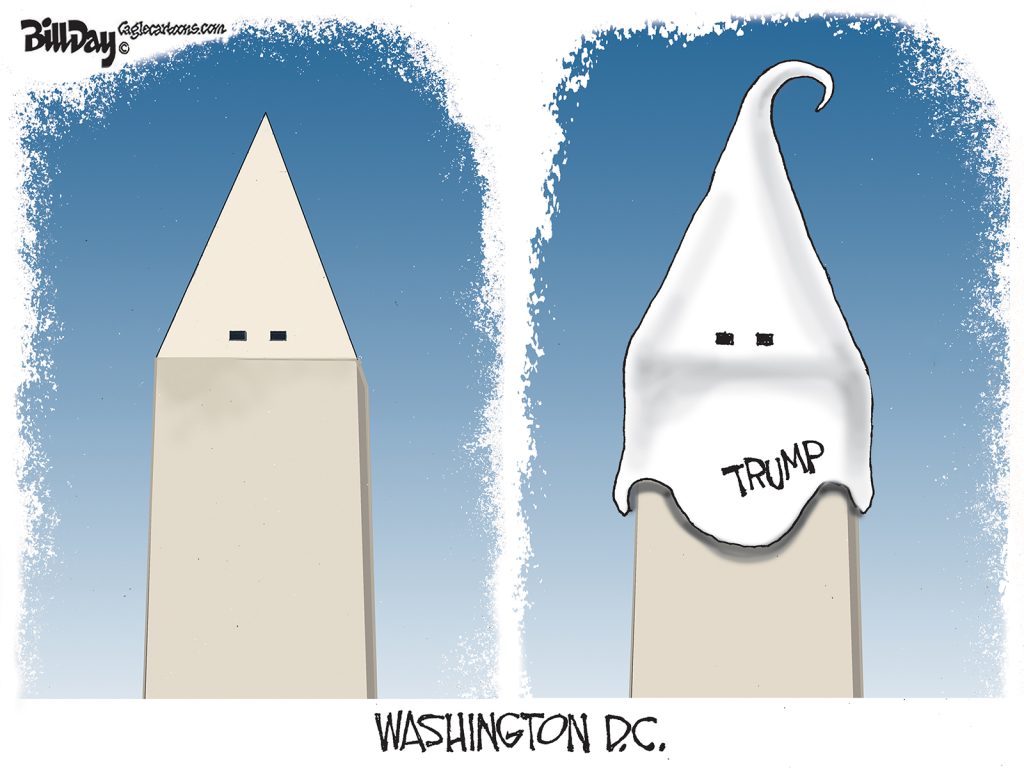Our good friend and colleague Joe Cortright was quoted today in the New York Times in its coverage of cities’ racing to bet on biotech. First, it made us proud that Joe was quoted, and second, it made us proud that Memphis Bioworks Foundation took a different, more precise approach built on our city’s authentic strengths.
It’s interesting coverage, which can be read here.
Here’s Joe’s cautionary tale in the Times:
Skeptics cite two major problems with the race for biotech. First, the industry is highly concentrated in established epicenters like Boston, San Diego and San Francisco, which offer not just scientific talent but also executives who know how to steer drugs through the arduous approval process.
“Most of these states probably don’t stand much of a chance to develop a viable biotech industry,” said Gary P. Pisano, a Harvard Business School professor and the author of “Science Business: The Promise, the Reality and the Future of Biotech.”
“You can always get a few top people,” Mr. Pisano said, “but you need a lot of critical mass.”
Second, biotech is a relatively tiny industry with a lengthy product-development process, and even in its largest clusters offers only a fraction of the jobs of traditional manufacturing. In the United States, only 43 biotechnology companies employ more than 1,000 people, according to BioAbility, a consulting firm in the Research Triangle Park in North Carolina.
There is no guarantee that if a blockbuster drug materialized, it would be manufactured and marketed in the same place it was developed and tested.
Joseph Cortright, an economist who has studied biotechnology clusters, gave the example of a promising anti-leukemia compound developed at Oregon Health Sciences University in Portland, where Mr. Cortright is based. “The economic impact in the Portland area is zero because the rights to manufacture and market this drug were owned already by Novartis,” Mr. Cortright said.
But the race continues.

